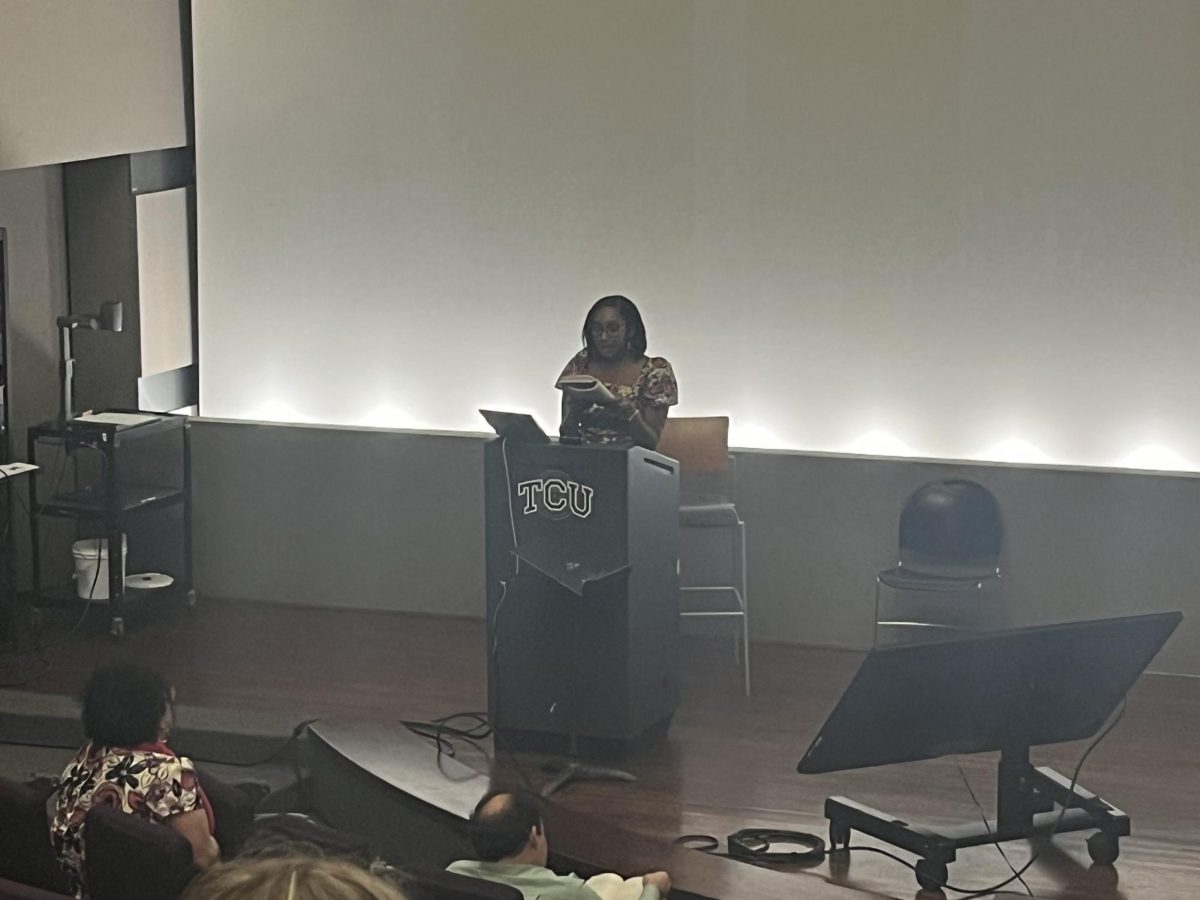Dancing days are here again.In the mid-1960s, dancing and rock ‘n’ roll went hand in hand. Hits like “Louie Louie” and “Jailhouse Rock” transcended music genres.
Then in the late-1960s, dance music and rock seemed to go separate ways.
As rock music matured, artists began to explore and incorporate different styles of music into traditional rock ‘n’ roll, said Mark Sanford, music director for KOAI-FM, “The Oasis.”
“Dance music went to Motown,” Sanford said. “Rock went to blues and Southern country.”
Then, in 2003, Electric Six had a hit with “Danger! High Voltage.” “Danger!” was three-and-a-half minutes of disco riffs, screaming saxophones and a steady dance beat. Suddenly, it was hip to dance again.
“When we started the band, we always said we were like a mix of Kiss and Talking Heads,” said Dick Valentine, Electric Six frontman. “You take a new-wave band, and you take a hard band – put them together, and that’s us.”
Though very different in sound, bands like the Killers, Bloc Party and Franz Ferdinand now find themselves together under the flag of dance-rock.
Franz Ferdinand frontman Alex Kapranos has been especially welcoming of the dance-rock moniker. The band’s biography even says, “Alex wanted to make music that girls could dance to.”
Even though Electric Six is one of the many bands tagged under the dance-rock label, Valentine is quick to separate himself from it.
“We did consciously do it, but we didn’t do it because of a trend,” Valentine said. “It wasn’t because we started listening to LCD Soundsystem or anything like that.”
Dance-rock often recycles old sounds into a modern package, Sanford said.
“(People) want the rhythmic sensibility of disco but want the rock influences,” Sanford said.
Adam Moerder, a writer for the indie-rock mega-site Pitchfork Media, said he credits the dance-rock trend to musicians’ desire to reproduce the music they grew up with, including bands such as The Clash, The Cure and Duran Duran.
“Just as power chords and minor progressions became the default setting of grunge rip-off bands like Bush and Silverchair, sixteenth hi-hats and Wire guitar licks now permeate many of today’s new rock (songs),” Moerder said.
Though there are occasional highlights in the dance-rock realm, such as LCD Soundsystem, Death From Above 1979 and Franz Ferdinand, Moerder said, he doesn’t expect the trend to continue indefinitely.
“It should last for about three or four years, or until Puddle of Mudd makes a dance-rock album, whichever comes first,” Moerder said.
Amanda Redmon, a senior radio-tv-film major and modern rock manager at KTCU 88.7 FM “The Choice,” said she believes the dance-rock fad is just part of the larger everything-old-is-new-again mantra.
“I think that music always comes full circle,” Redmon said.
In the past two years, British bands have pioneered the move to dance-oriented rock, Redmon said.
“With rock music, it always starts with the British, and then an American rock band will find a way to do that,” Redmon said.
Though she enjoys the dance-rock sound, Redmon admits the novelty is fast-fading.
“I think (the bands) are good, but (the trend) is getting old already,” Redmon said. “We have music put in our face so much we get sick of it.




